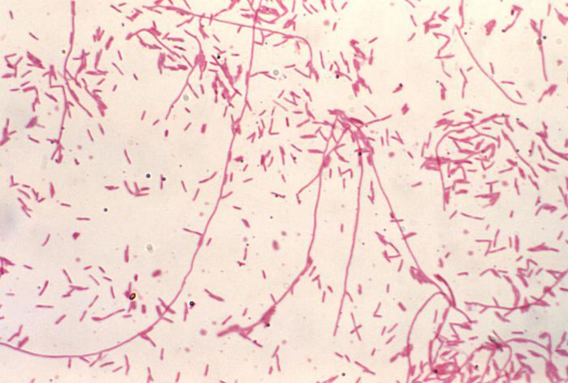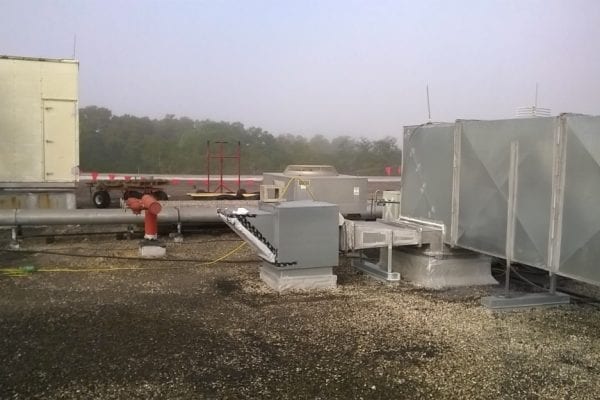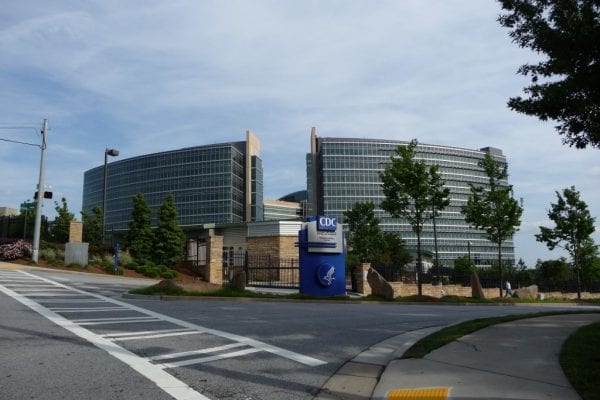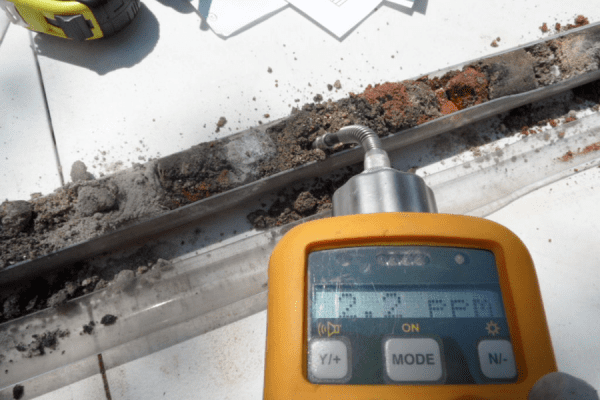When a deadly disease such as Legionnaires strikes, building managers and owners hold their breath, but not for fear of getting sick. They held their breaths because nobody wants to be responsible for such an outbreak.
Legionnaires’ Disease is an infectious disease that is spread not by human-to-human contact, but through aerosolized water particles, usually due to contamination of a building’s cooling tower or hot water systems. For that reason, an outbreak is often traced back to a single property, whose owners can be held liable for its impact.
What Is Legionnaires’ Disease?
Legionnaires’ disease is a rare form of pneumonia caused by the legionella bacteria. It is contracted when an individual inhales water droplets containing high concentrations of the legionella bacteria. In most healthy adults, Legionnaires’ presents as an unpleasant disease of the lungs. In at-risk populations, especially among the elderly and immune-compromised, Legionnaires’ is often deadly.
Legionella bacteria occur naturally in the environment, including in soil, lakes, and rivers. It readily colonizes in manmade water handling and storage facilities, including cooling towers, air conditioning systems, and hot water systems, and becomes dangerous at high concentrations. Because legionella grows best inside scale and sediment at specific temperatures and pH levels, poorly maintained and managed systems are at increased risk for spreading the disease.
Once the legionella contamination has risen to contagious concentrations in a water supply, anyone who comes near a building served by that water can be at risk. In a case in New York several years ago, the culprit was two new cooling towers serving the New York Opera House Hotel. The towers created a mist of aerosolized, infected water droplets around the building, so that anyone who breathed air near the building during the period of contagion could potentially become infected.
Is My Building At Risk of Spreading Legionnaires’?
Obviously, an outbreak of Legionnaires’ Disease hitting the front page is not how you want to find out that your system is contaminated. Unfortunately, any building that contains water systems of any sort (including air conditioning) is potentially at risk for causing a Legionnaires’ outbreak.
Because legionella thrive best at temperatures between 95 and 115 degrees Fahrenheit, hot water systems are at greatest risk, but cooling towers and air conditioning systems are not exempt. Routine maintenance of water-based systems is the first line of defense in preventing Legionnaire’s, but it is not enough.
How to Assess for Legionnaires’ Risk
To assess your building’s risk, start by making a list of all water services and outlets in and around the building, and producing schematics for each.
Inspect each water system element for cleanliness, general condition, and compliance with standard operating procedures. Measure temperature and pH levels at various locations and make adjustments to any area that measures within the prime growth levels for legionella (95-115 degrees Fahrenheit and 5.0 to 8.5 pH).
Take samples for the presence of legionella bacteria from various locations. A certified lab can measure microbial activity in the samples and produce a numerical assessment of level of risk.
Because Legionnaires’ outbreaks can occur at any time, assessments and sampling should occur at least once every two years for every system in your building. Document all assessment activities to demonstrate your due diligence.
How to Prevent Legionnaires’ Disease
Between 8,000 and 10,000 cases of Legionnaires’ Disease are reported each year in the U.S., and more than 10 percent of victims die. In response to these statistics, the American Society of Heating, Refrigeration, and Air Conditioning Engineers (ASHRAE) issued industry guidance in July 2015, for Legionnaires’ Disease prevention.
The ASHRAE standards call for comprehensive risk management programs for buildings and their associated potable and non-potable water systems. It calls for a program designed and maintained by a program team, with specific, detailed, and documented requirements for legionella control strategies.
These control strategies may include:
- Cleaning and prevention for corrosion, scale, and deposits
- Mist-elimination technology
- Dispersant, bio-dispersant, and anti-foulant programs
- Biocide treatments
- Thorough cleaning and oxidizing disinfection at least twice per year
At minimum, every building’s systems should be tested every two years, or whenever there is a change in the water systems or a confirmed outbreak in the area.
How to Treat Legionnaires’ Contamination
In the unfortunate event that a system in one of your buildings tests positive for unacceptable legionella contamination, it’s imperative that you take measures immediately to eliminate the problem. Thoroughly clean all affected water systems, and treat with Biocide at the proper concentration for the capacity of your system.
Following discovery and treatment of legionella contamination, institute a proactive program for routine sampling and treatment. While some levels of legionella exposure may pose little risk to healthy individuals, the only way to be sure of preventing a Legionnaires’ Disease outbreak is to eliminate legionella from the system, and ensure that it remains absent.
For a thorough discussion of appropriate measures to take, download The Association of Water Technologies recommendations, which are based on the OSHA Technical Manual. For professional risk assessment, remediation, and prevention services, connect with an indoor environmental engineer right now by contacting GLE.






